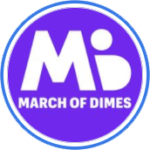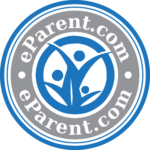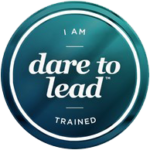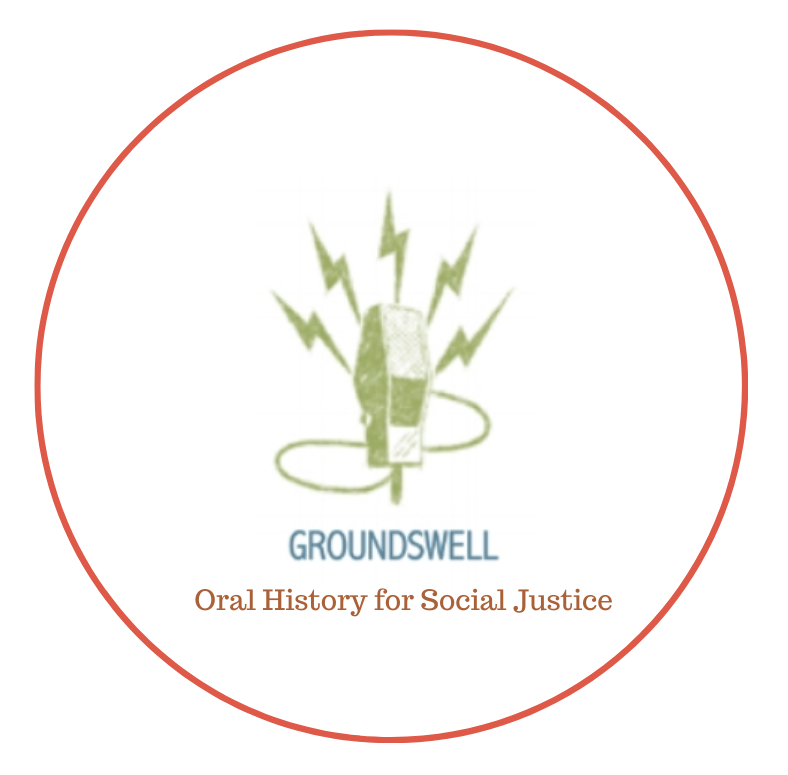The Legacy of Your Atypical, Medical, or Special Needs Kid Starts Here
I’ll show you how…
Just scroll down ↓
Dear Mamas,
I am so excited that you want to start documenting your child’s legacy! I’m going to take you step by step through how to do that… this download will get you started.
This is the first step in starting this sacred process, potentially the first step of many, and I’ll tell you more about my program, Writing Our Kids Into History, later.
When I saw my kid listed on the family tree, it felt… wrong.
I was thrilled to have finally had a family! He came 16 weeks early and I was so glad that he made it to the point that he could be listed on that tree.
But so much was missing in the name-and-date that represented him on our family tree.
We had worked and watched and waited for every “inchstone” — tiny steps that escape typical families: when your kid brings their hands together at center, or when they reach across their bodies, or when their eyes track movement. Your child will have inchstones specific to them; I invite you to start recording them here.
We celebrated each inchstone… no achievement was or is too small.
The drama of those years was full of the amazing work put in by my kid, our families, and of course professionals — a stable of doctors, early intervention folks, therapists, teachers, government agencies, family friends — but everyone’s efforts over the years just evaporated into thin air.
I work in archives, and I know how histories are made.
Just as Auntie had searched for and gathered the documents my ancestors left, found them in public records, and transcribed poems and stories she heard, history is not saved unless we save it ourselves.
And we will. You can start right here, with an important inchstone.
- Start with one triumphant moment: an accomplishment, inchstone, or graduation from a therapy or program. Ducking their head under water, reaching for a branch, saying a word, eating a new food, or any meaningful moment. Or meeting a grandparent, sibling, or pet for the first time. What did they do?
- Describe this moment, and where it came from. Did you set a goal with your child’s team — maybe a therapeutic, mental health, academic, or blended team? Maybe it was a more personal or typical goal, like working with a barber or hairdresser to get through a haircut, strategizing with your mate on how to make a bath happen — or even be relaxing or fun! Why did you need or want this goal (some of ours were developmental steps we waited and watched for)?
- Include the story of when you realized that you needed to set a goal in this area. Maybe you discussed it with your pediatrician, early intervention service coordinator, social worker, or a whole team. Then what? Demonstrated the need for the goal, set the goal, sought the supports you needed (therapists or props or found a special place). When did you realize it and what were all the little and big steps toward achieving it?
- Helpers: Maybe a team set the goal, but who helped accomplish it? Adults might include: occupational, physical, or speech therapists, teachers, a gracious hairdresser, a nutty grandma, or a home health aid. Maybe a peer group helped work together with your kid or all worked toward similar goals, such as: swimming, taking turns, potty training, or getting through a ceremony together. Maybe an outdoor concert or seeing something on tv helped pave the way.
- Add a Photo: We rarely capture *the moment* that a goal is busted… and that is a-ok. A photo re-enactment, an “I’m so proud” moment, or when they got a reward or prize for their hard work can mark the story just as well. Sometimes goal-busting doesn’t have *a moment* but rather is a culmination of a long sequence of gradual steps, like getting in the water at swimming lessons or learning to use braces, or keeping glasses on. Sometimes a photo doesn’t capture the moment, but stimulates your memory of the success. Add a photo that is meaningful to you, and tell what you know about it: when and where it was taken, who took it, and how you were feeling or what it helps you remember.
Congratulations!
You’ve just taken the first, biggest step toward saving your child’s history.
Reach out if you would like to continue together.
